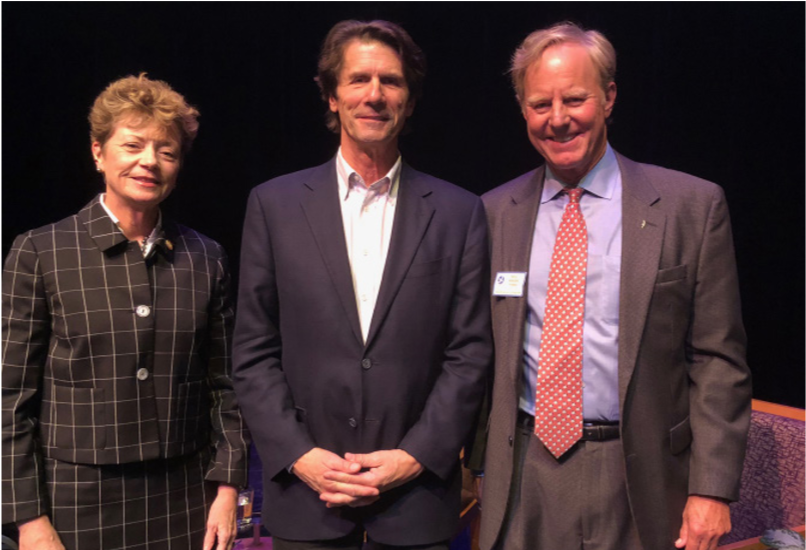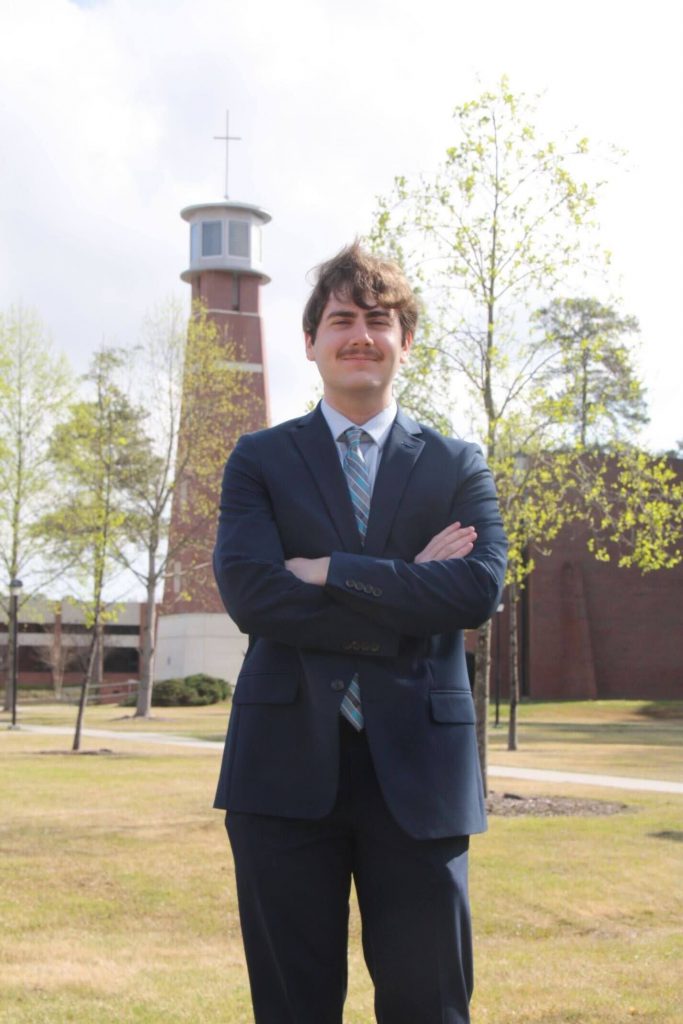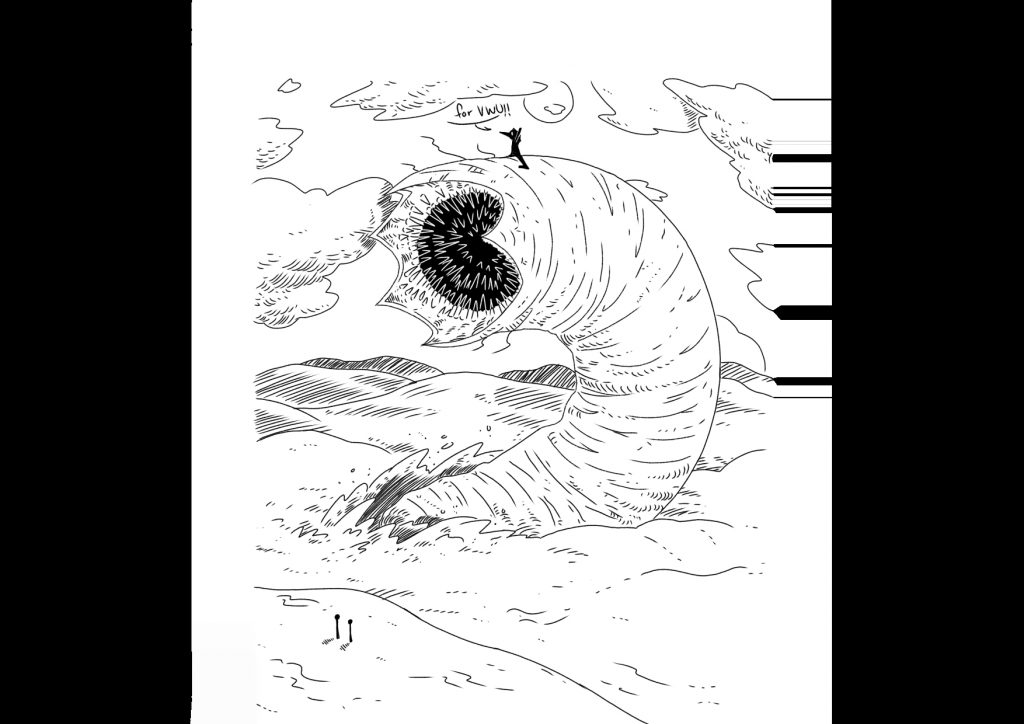Wednesday night, Oct. 24th, at Sandler Center for the Performing Arts in Virginia Beach, those who attended were treated to an eye-opening film premiere of James Balog entitled The Human Element. If there was ever a doubt about the actual realism of climate change, this film should be viewed by everyone.
There was a very good turn-out for this premier sponsored by the Chesapeake Bay Foundation. When the doors opened, the viewers were treated to several exhibits from local groups including Chesapeake Bay Foundation, Lynnhaven River Now, Elizabeth River Project, and Habitat At Home. Volunteers were there to explain what work and progress was being done in our Tidewater area to protect the environment and how we could get involved. There was a lot of excitement as the people flowed from one exhibit to another. Good information was available to what we, as individuals can do to get involved and encourage others to do what they can. Some ideas were so common sense like driving a fuel-efficient car, turn off lights and appliances when not in use, consistently recycle or reuse and grow some of your own fruits and vegetables. A lot of good information was available and the sponsors at each exhibit were very eager to answer questions.
The evening began with a welcome and introduction of the guests by Harry Lester, Board Chairman of Chesapeake Bay Foundation. A short video was shown from CBF showing the work they are doing in this area and encouraging the audience to get involved
James Balog, Founder and President of Earth Vision Institute and Extreme Ice Survey gave a few brief introductory remarks about his film The Human Element. This is a 2018 documentary film highlighting the forces of nature: earth, air, water, and fire. He pointed out that humans are a force of nature also and human activities alter the basic elements of life. When these elements are changed, human life in turn is changed.
The film began, and everyone was riveted to what they witnessed. James Balog should be described as a man of all seasons because he goes to any extreme to photograph what he needs to document the story he is telling. Climate change is not taken seriously by many because they do not believe the information they are given. However, when the evidence is on film, there is no disputing that it is real. One area of climate change that is in the news consistently is the melting of the ice glaciers in Greenland, Iceland, and Alaska. Balog set up a system of 43 time-lapse cameras at 18 glaciers in these areas, and these recorded at every half hour during the daylight. The melting was captured on film and gave undisputed evidence that this was a real event. The collected images were used as scientific evidence that climate change was real. The images were also used as a global outreach campaign for the purpose of educating the public to what was happening.
When California experienced the massive wild-fires this summer, Balog took his camera and went on the front lines to document this devastation and what it was doing to the environment. He admitted during his question and answer period after the film, “it was scary looking up at that massive wall of fire behind you and wondering if you were safe.” In the film he highlights the Americans who are at the frontline of climate change and hopes this will inspire everyone to take a closer look at their relationship with nature.
James Balog was raised in Pennsylvania where his father worked in the coal mines. He saw first-hand how the land was depleted because of the years of coal mining. What seemed like a barren waste was turned into a new venture as an entrepreneur saw the opportunity to use this land for developing solar panels. The point made in this segment of the film is how important it is that the earth is taken care of because we need it for survival.
When Balog wanted to highlight the air pollution conditions we experience, he climbed many feet high on a tower, leaned out with his camera and tested the quality of the air at different altitudes. The results were used to give credence to things that are causing asthma and other respiratory diseases in our population, particularly the children and seniors.
Tidewater area was part of his film also. Tangier Island has experienced high sea level rise in recent years and, unless something is done, they may have to be relocated or make very costly protective walls around their island. This is a problem that is eminent. The people who live on Tangier Island have a way of life that has been in existence for several generations. Climate change can erase a culture, a population, an island, and a way of life. In Norfolk there is already evidence of rising sea levels. Even in the middle of summer on a sunshiny day, water can be seen bubbling up along the streets in Ghent. The military base, one of the largest in the world, could be in danger and need to move. Our beaches could also be affected by pollution and shore erosion.
After the film, there was a panel discussion with Will Baker as the moderator. In addition to James Balog, Ann C. Phillips was a guest. She is Special Assistant to the Governor for Coastal Adaptation and Protection for the Commonwealth of Virginia. Ms. Phillips, a retired admiral, had great insight into what harm sea level rise can do this area and the military. The audience members filled out questions and submitted them to the panel. An interesting discussion ensued. One of the questions to James Balog was “what makes you so optimistic about the environment?” “I chose to be an optimist” he said. Another question from the audience was “what carbon footprint are you leaving behind for the environment?” Balog said he drives a hybrid car, uses solar panels, caulks his windows, cuts off power strips when not using them, and, he uses his voice. He speaks out whenever he can about the environment. Ms Phillips, laughingly said “I walk to work because I work so close, and I do not eat a lot of red meat.” Will Baker said.” Balog said another answer to fighting climate change is “pick one thing; one tail pipe, one smoke stack. Then pick another one and move forward. It is an incremental process eventually to get to the summit.”
The film The Human Element will be available to any school or educational facility that requests it, free of charge, because it is really an education tool that can shed light on the problems that our nation is facing now. For information on how to get the film for your class, go to www.TheHumanElementMovie.com
Rebecca Schamel
raschamel@vwu.edu


